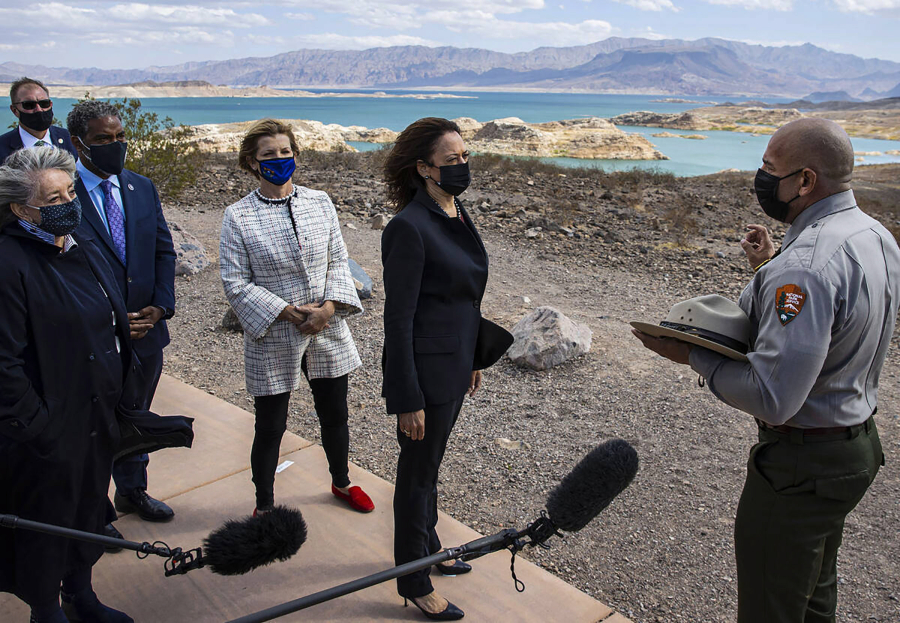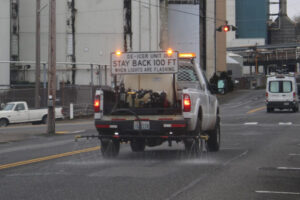“It was a really good conversation,” said Washougal resident Randy Lavasseur of a 10-minute discussion he had with United States Vice President Kamala Harris last month.
The vice president was at Lake Mead in Nevada on Oct. 18, to talk about President Joe Biden’s Build Back Better plan, which calls for the nation’s largest investment in climate change mitigations $555 billion worth of policies President Joe Biden’s Build Back Better plan,
Lavasseur, the acting superintendent of the National Park Service’s Lake Mead National Recreation Area, told Harris that climate change has harmed the United States’ largest recreation area.
“This is the true picture of climate change,” Lavasseur told Harris, referring to the Lake Mead National Recreation Area. “Climate change is here, it’s moving, and we need to take action.”
“I think I had about 10 minutes (with her), a good time to chat about some of our deep concerns about what this is going to do in the long term, not just here in our basin but throughout the Colorado River (area),” Lavasseur said. “I was really pleasantly surprised about her existing knowledge. She clearly had been pre-briefed, so she was asking really wonderful questions.”



